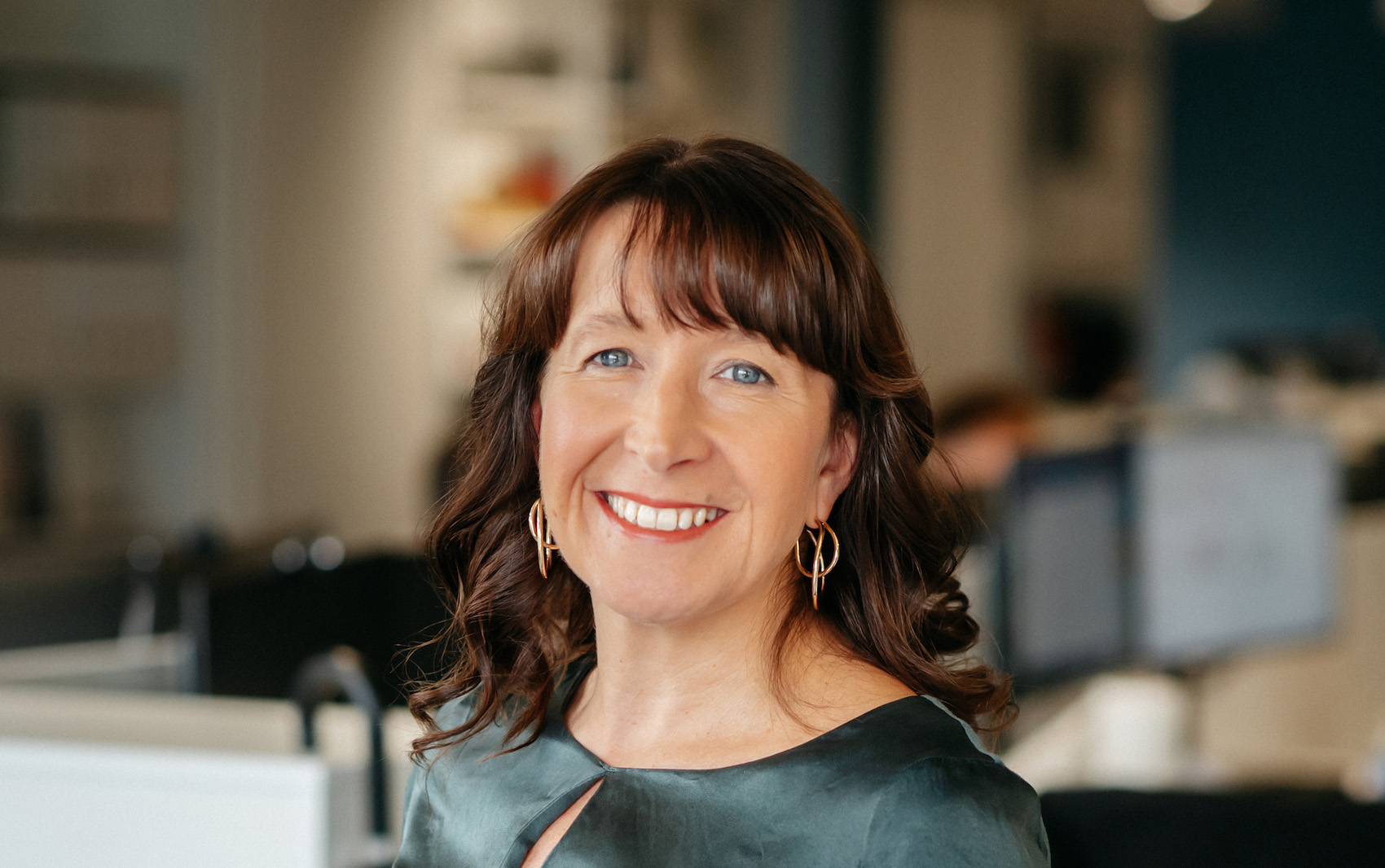AT talks to Clare Cameron, Director at PRP, about recent developments within the later living housing sector, including the changing priorities of residents, the positive effect of purposeful living, and the need for improved design standards.
Is the later living market still buoyant, and what would you say are the main issues currently?
The market is buoyant and we have several large projects on site or in planning, although we are seeing a slowdown. The need for a significant increase in later living housing and a greater choice of housing options for older people in the UK is well recognised with operators and funders eager to deliver, but getting projects over the line is taking longer. Operators always struggle to compete with general housing developers to purchase sites; later living is a more expensive form of housing with communal spaces that don’t generate revenue.
What about larger sites?
Larger sites assist with the financial viability of later living but they are often hard to come by. More and more of our clients are turning to green belt sites in the hope of planning approval by demonstrating Very Special Circumstances based on housing need for older people. Planning appeals, phasing, achieving sales velocity and raising capital funding all bring further complexity and delays to projects of this size. The government’s Older People’s Housing Taskforce will make recommendations to DLUHC later this year on how we can improve housing options in the UK, and this will hopefully go some way to assist in delivery.
Have priorities for later living residents and clients changed?
Residents are looking for a greater choice; not just location, tenure and housing typologies, but also the opportunity to live with like-minded people, whether that be religion, gender or shared interests. Operators like Tonic, who has commissioned the first LGBT+ affirming retirement community, are leading the way here. The next generation of older people are looking for high-quality design and generous space standards with space to entertain friends and family.
How is PRP responding to these needs?
We’ve developed several innovative typologies which meet these aspirations, while still being efficient and affordable. As most of our clients operate the later living projects we design, longevity and low-maintenance designs are key. Zero carbon in operation is becoming the norm with talk of ‘zero bill’ housing for some projects. The need for an ‘exit strategy’ and future proofing is also important for many clients and we have responded to this with flexible structural solutions and typologies. For example, care bedrooms that can revert to apartments.
The technical constraints, which are currently so demanding for architects, such as overheating, achieving net zero, fire, biodiversity net gain, water neutrality, low energy bills etc, can be even more important and difficult to achieve when designing for vulnerable older people. For example, open-plan layouts are fantastic for physical and visual accessibility but tricky to achieve under Part B (fire). Generous glazing is great for daylight and visual connection with nature and the wider community but must meet the demands of the new Part O (overheating). In a post-covid world clients are looking at ways for buildings to assist with socially isolating residents during an outbreak, whereas PRP has spent years understanding how design can encourage social interaction. We are having to become experts at finding the balance between some of these opposing ideals.
PRP’s New Lodge later living housing development, which is located in the centre of New Earswick Garden Village, York, enables residents to benefit from close connections with the local community and intergenerational activities (photo: Robert Greshoff).
What issues need further consideration in your view?
Connections to people, local amenities and green spaces are critical for older residents and the positive effect of purposeful living on wellbeing is becoming better understood. Consulting with the communities we design for gives us a deeper understanding of what residents enjoy and enables us to design for purposeful activities, whether it be gardening, volunteering, looking after pets, spending time with children, working etc. Clients need to go further than just meeting residents basic needs; they should also consider what they want and enjoy. In Japan the word Ikigai describes what truly matters to a person: to live a life filled with purpose and joy.
There are insufficient (almost no) design standards specifically for older peoples housing at the moment. Building Regulation M4,2 (Lifetime Homes) is not enough and M4.3 (full wheelchair housing) is inappropriate. Planning policies and Building Regulations needs to better define the typologies to set better standards and improve the designs being delivered. There is a lack of understanding of the various later living models that are available; by older people, families of older people, planners, building control officers and the medical advisors. Better definitions would be very helpful.
Finally, there are several things that could be done to increase the supply of later living housing. First, local plans could demand that every new community over a certain size include older peoples housing at the heart – in the same way as key worker or student housing. Second, older peoples housing should be recognised as C2 or the requirement for S106s be removed to bring back affordability and viability for developers and operators of older peoples housing. Third, local authorities could prioritise land bids from later living developers and specifically allocate sites for older peoples housing within their Local Plan. And fourth, stamp duty relief for ‘last time buyers’ could be introduced as an incentive to encourage older people to ‘right size’ and free up family housing.
Source: Architecture Today

